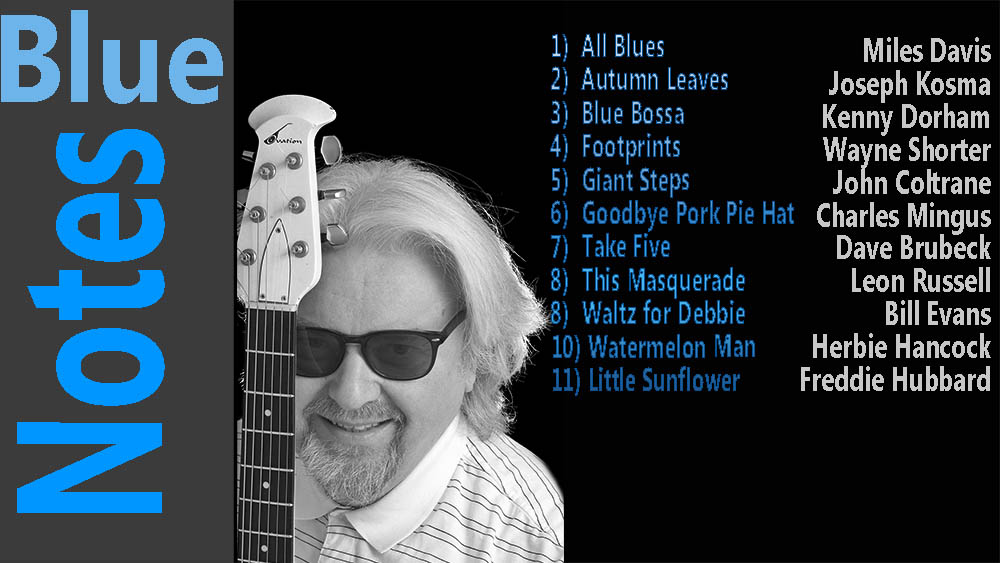Take The A Train

Download Take The A Train here as an MP3
Play: Take The A Train
On this track I indulge my usual inclination to do something rebellious when playing jazz standards. There's House, Techno and Elektro beats pushing it forward and some crazy distorted guitar. It's a short track so I hope it leaves you wanting more! The magical riff is repeated on several instruments throughout the track.
It is, of course, a jazz standard by Billy Strayhorn that was the signature tune of the Duke Ellington orchestra. It first appeared in 1939 so it is a testament to its timeless quality that I want to play it, and you want to listen to it, today
musical analysis
1. Harmonic Structure: The song is built on a classic 32-bar AABA form. Harmonically, it starts with a II-V-I progression in C major, which then transitions to the IV chord (F major) in the A section. The bridge (B section) typically modulates to the key of C major or its relative minor, A minor. Strayhorn's harmonies are sophisticated, often incorporating lush voicings and unexpected chord substitutions.
2. Melody: The melody of "Take the 'A' Train" is catchy and memorable. It features a mix of swung eighth notes and longer, more lyrical phrases. The melody is often performed with a sense of swing and syncopation, reflecting the song's jazz roots. The opening riff, played by the horns, is iconic and instantly recognizable.
3. Rhythmic Feel: The song is typically played with a medium to up-tempo swing feel, with a steady pulse maintained by the rhythm section. The rhythm section, including drums, bass, and piano, provides a solid foundation for the ensemble, while also allowing for rhythmic embellishments and improvisation.
4. Instrumentation: "Take the 'A' Train" is usually performed by a jazz big band, featuring a full complement of horns, including saxophones, trumpets, and trombones, along with rhythm section instruments such as piano, bass, and drums. The arrangement often includes sections for soloists to improvise over the chord changes.
5. Arrangement: Strayhorn's original arrangement of "Take the 'A' Train" for Duke Ellington's orchestra is a masterpiece of orchestration. It features lush harmonies, intricate counterpoint, and dynamic shifts in texture and instrumentation. The arrangement allows for moments of collective improvisation and showcases the talents of the individual musicians within the ensemble.
6. Cultural Context: "Take the 'A' Train" was written as a tribute to the New York City subway line that ran to Harlem, where Duke Ellington lived. The song became a symbol of the Harlem Renaissance and the vibrant cultural scene of the 1930s and 1940s. Its title and lyrics evoke the excitement and energy of the city, capturing the spirit of urban life in jazz-age America.
Overall, "Take the 'A' Train" is a classic jazz standard that exemplifies the genius of Billy Strayhorn as a composer and arranger. Its infectious melody, sophisticated harmonies, and swinging rhythm have made it a beloved and enduring piece of American music.